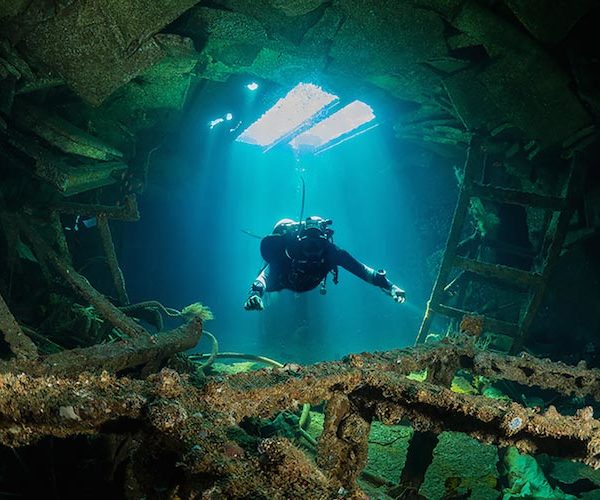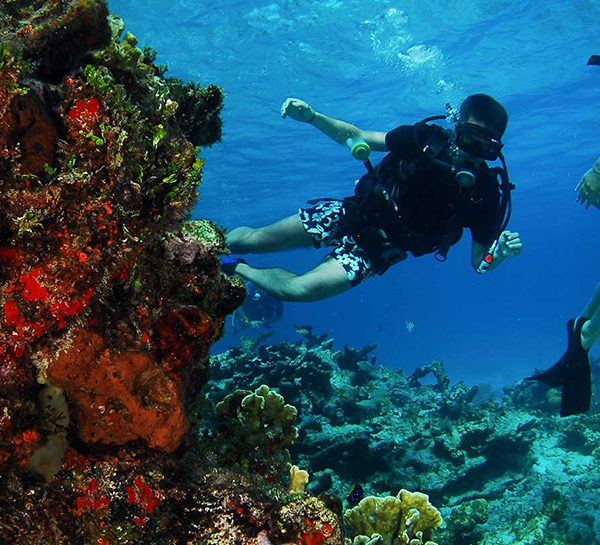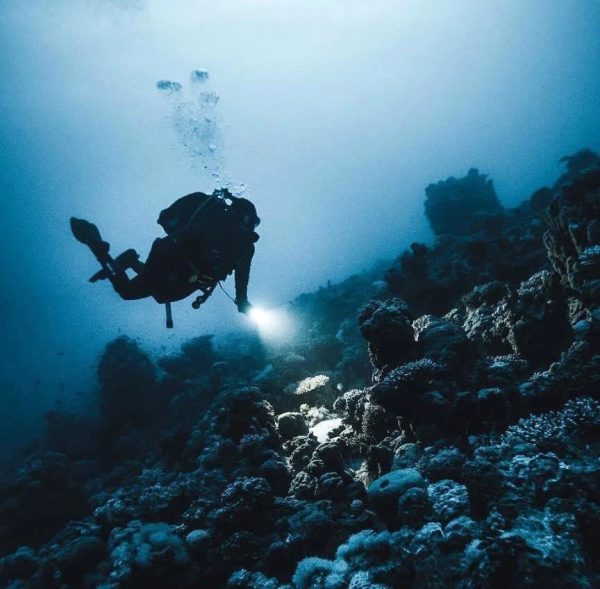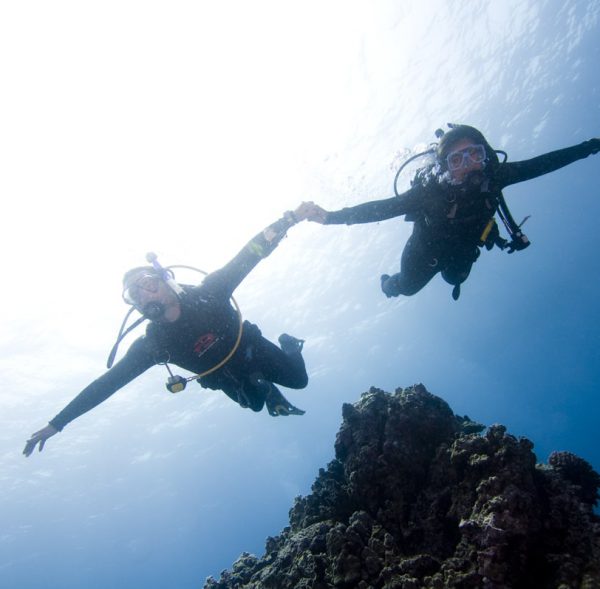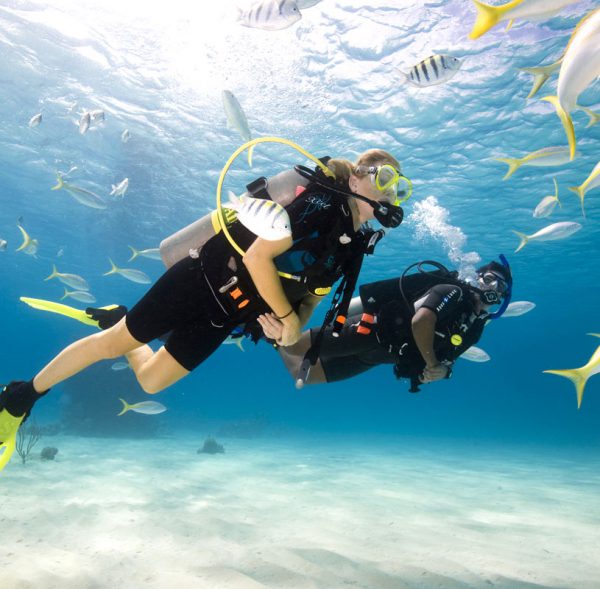Any dive performed in a water body at a range of 18-40 meters/60-130 feet below sea level, is known as deep diving in the world of recreational diving. While technical divers often dive to much greater depths, in recreational diving, the dive must always be a no-decompression dive that is it must remain within the no-decompression limits of the dive table.
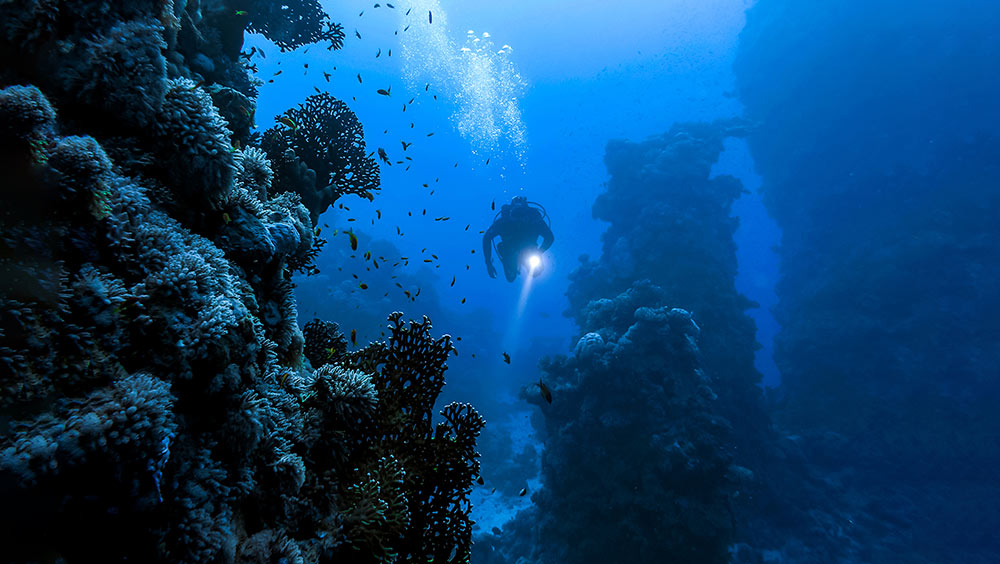
The limit of recreational diving is considered to be 140 feet/40 meters and this depth that a diver trained in deep diving is certified to descend to. Usually, a deep dive is considered to be a dive between 100 feet/30 meters and 140 feet/40 meters; however PADI defines any dive greater than 18m/60ft to be classified as a deep dive. The deeper you go in scuba diving, the more careful a diver has to be to ensure correct procedures for depression; safety stops are performed to prevent decompression sickness.
A lot more can go wrong the deeper you go as pressure builds up, equipment is under greater stress and there are other things that can affect a deep diver such as nitrogen narcosis that divers need to be aware of to ensure a safe dive. The course helps divers become more aware of the deep diving and allows you to dive at a depth safely. Deep diving introduces a whole new level of excitement as it can be exhilarating. The ability to safely dive at deeper depths opens up a whole new variety of dive site to a recreational scuba diver. Many ships wreck or interesting dive sites are at the edges of recreational limits and can be safely accessed by those divers who are knowledgeable and have experience diving at depths. The deep diver course is to include four open water training dives, which are usually conducted over a period of at least two days. The minimum depth required for open water is between 18 to 30 meters/60 to 100 feet, with no dive exceeding 40 meters/130 feet. The instructor ensures that all dives are conducted within the no-decompression limits, with deeper dives being conducted first.
The course covers the following:
- Planning, organization, procedures, techniques, problems and hazards of deep diving.
- Risk factors and decompression-tables review.
- Safety stops and emergency decompression procedures.
- Special equipment, descent lines and buoyancy-control considerations.
- Procedures for flaying after diving and high-altitude diving.
- Orientation to recompression chambers. To qualify for the deep diver course, an individual must;


